Love art, wine, and caves? How about history, mountains, and lakes? Well, I’ve got the perfect place for you! Head to France, and explore the Occitanie region. It’s chock-full of all of the above, and more (think food: cassoulet!).
The Occitanie region is located in the southwest corner of France, and used to be called the Midi-Pyrenees region. It is located between the Mediterranean and Atlantic coasts, and is a blend of both cultures. The capital is Toulouse, and features the Pyrenees Mountains, which are located along the southern boundary.
Pin for later:
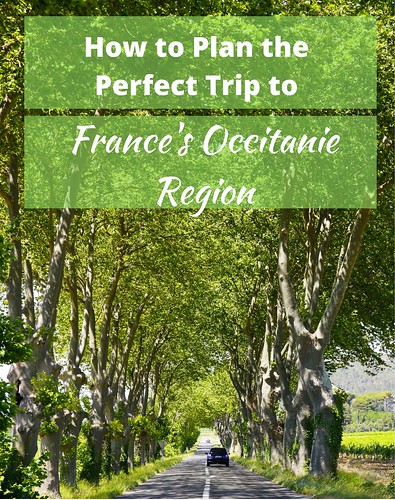
Here are 3 tips for how to plan your trip – and 5 highlights of the area:
1. Think!
Think about what you love to see and do when you travel. Do you love art? Food? Getting outside? Exploring museums and history? Discovering the sweeping majesty of the mountains, or the uniqueness of caves? Wine? Castles? The list is endless (you’ll have to go back!).
2. Do your research
Once you’ve thought of what you love doing, in general terms, then dig in. You can find itineraries and practical and cultural knowledge of the Occitanie Region here.
3. Research tips
One thing that I do when I research is to bookmark pages and then circle back. I can never remember all that I’ve found, and the internet can be a lovely black hole – fall in, and you’ll never be seen again. This always happened to me before I got organized. When I plan a trip, I create folders (bookmarks, or in google docs or evernote) of the places I want to visit. If it’s in google docs, you can also add notes. That way, I can narrow down my trip ideas from one that would take a decade to one that could be done in a week or so. Alas.
4. Nature
There is so much of the outdoors to see in the Occitanie Region. You’re right in the Pyrenees Mountains, and so treasures will unfold around every corner. Of special note is Mont Perdu, a UNESCO World Heritage Site. You’ll see beautiful mountainous landscapes, dolmen, meadows, lakes, forests, and my favorite, caves.
Caves? YES! In Rocamadour, the Cave of Marvels boasts 20,000 year old cave drawings. The Peche-Merle cave is worth a visit, for the opportunity to see prehistoric cave art (there’s also a museum there, so you can learn more). You’ll also see ancient paintings at the Niaux caves – inside the natural rotunda, you can see over 100 prehistoric paintings of animals! Here’s one your kids will love: visit Médous cave for an incredible look at stalactites, stalagmites, and draperies – a boat ride on an underground river is part of the tour!
Look for waterfalls cascading down the stone peaks at Gavarnie Cirque, an enormous natural amphiteatre described by the writer Victor Hugo as a "colossus of nature." You can get here by foot, horse, or donkey from the village of Gavarnie. If you’re a fan of the Tour de France, you’ll recognize the Tourmalet Pass – bike it yourself (no need to hurry, unless you want to award yourself a yellow jersey…)?
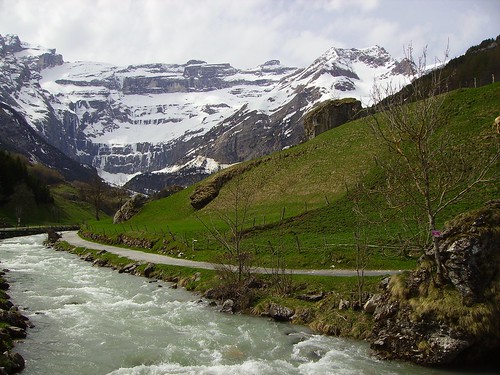
Want to float down a medieval canal? The Canal du Midi, 240 km long, has 64 locks. A UNESCO World Heritage Site, it was designed in the 17th century and goes from Toulouse to Thau Lake. Cruise down the canal, or wander the footpaths alongside.
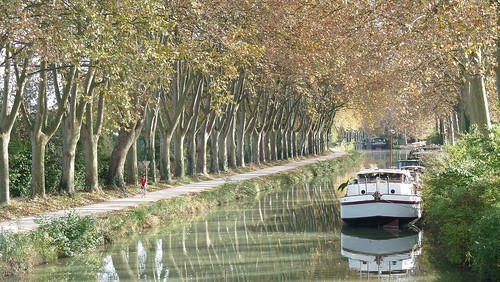
5. Lakes and waterfalls
You know that mermaids can always find lakes. Make time to visit the beautiful turquoise blue Lake Gaube, surrounded by mountains. It’s located 1,725 meters above sea level, and is protected by the peaks Mayouret, Paloumères, and Gaube. You’ll have discovered waterfalls at Gavarnie Cirque, but you can also see some at the Bridge of Spain (Pont d’Espagne), located in the Pyrenees National Park. Here, you’ll want to cross the picturesque bridge and listen to all the rushing water. There’s also an outdoor café and restaurant.

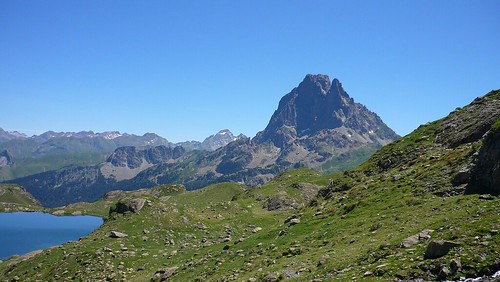
If you’re a hiker, then you’ll also want to explore the Néouvielle Nature Reserve, also part of the Pyrenees National Park. Why? Well, there are over 100 high-altitude lakes here, of such stunning blues that they seem to mirror the sky.

6. History and Culture
Maybe you’re interested in the medieval villages that dot this region? There are many to choose from, including the world-famous Lourdes, an important pilgrimage site for Christians. At Lourdes, the Virgin Mary appeared to Bernadette Soubirous 18 times in 1858. Now, the sanctuaries in Lourdes are visited by millions each year.
In Cordes-sur-Ciel, a medieval 13th century village, you will see the town’s gothic heritage wherever you look. Visit the Grand Fauconnier House, the Prunet House, and the Grand Veneur House, or just stroll around town with your eyes wide open, marveling in this beautiful town and its living history.
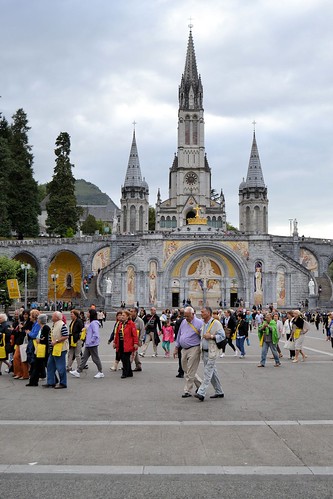
The village of Rocamadour is another important pilgrimage site – the second-most visited attraction in France (after Mont St. Michel). If you are able, climb the 216 stairs to the square, and visit the seven sanctuaries located there. A Sacred Art museum is located in the former pope’s palace.


7. Food and Wine
While you’re in Cordes-sur-Ciel, try the pastries cordaies, which feature an historic recipe from the Middle Ages. Want to learn more? At the House Prunet, you can explore the Art Museum of Sugar and Chocolate Yves Thuriès. Local wine varieties include mauzac the ondec and in the el (pronounced lindeloeil).
Of course, you’ll want to try cassoulet, a traditional recipe featuring Toulouse sausages and local beans. But don’t forget other regional specialties, including Le Couserans croustade (puff pastry with fruit); Basque cake (visit in October to attend the Basque Cake Festival) – be sure to explore the Basque cake museum in Sare; spit cake (gâteau à la broche) – cooked in front of a fire on a spit, with a spit cake festival each July held in Arreau; locally cured Bayonne ham (there’s even a museum of Bayonne ham!); the thick soup called Garbure; local fruits, including Roussilon apricots; and local cheeses galore.
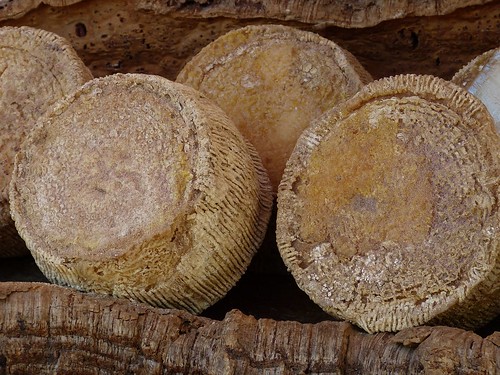
If you love wine, visit the Madiran vineyards, especially during August for the festival celebrating these wines. In the heart of Roussillon, taste the Muscat de Rivesaltes, a naturally sweet AOC wine made from Muscat grapes. In Béarn, follow the Jurançon Wine Route to sample this AOC white wine.
8. Art
While art will be all around you, here are a few places of interest:
Moissac Abbey, a UNESCO World Heritage Site, is a recognized masterpiece of Romanesque art. Look for the south door of the Church of Saint-Pierre, made in the 12th century, as well as the chancel and a wall of sculpted stone. There’s also a Romaneque cloister with 76 sculpted capitals depicting the lives of saints and biblical scenes.
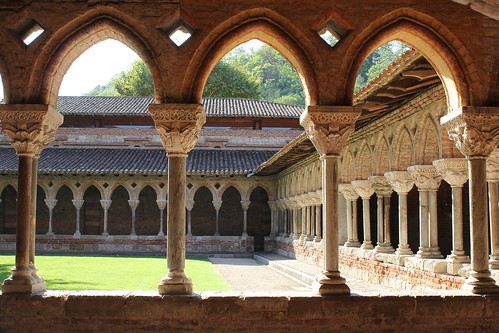
The village of Conques in Aveyron (a UNESCO World Heritage Site) is a stopping place for pilgrims on the Santiago de Compostela. The Romanesque Abbey Church of St. Foy is a UNESCO Historic Monument, and features a sculpted western door that has a tympanum with 124 figures illustrating the Last Judgement, stained glass windows, and a reliquary statue dating from the 10th century.
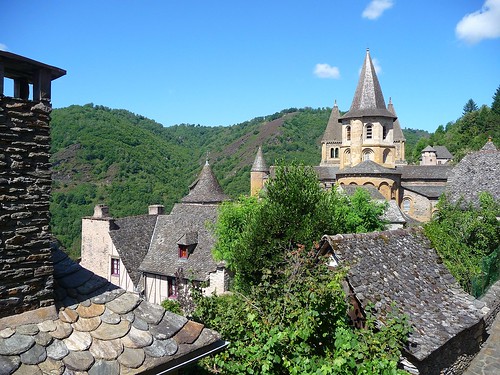
In Toulouse, you’ll find countless museums. The Assézat Mansion houses the Bemberg Foundation, an art museum that features art from the late Middle Ages to today. Make time to visit the Toulouse-Lautrec Museum, located in the Berbie Palace. It’s the world’s largest collection of work by this artist, and includes all 31 of his renowned posters. This city is called the City of Art and History, but also is known for its work in the space and aeronautics industries.
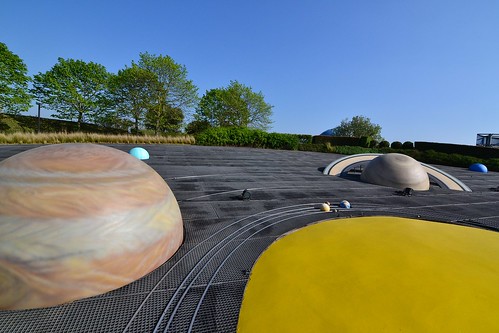
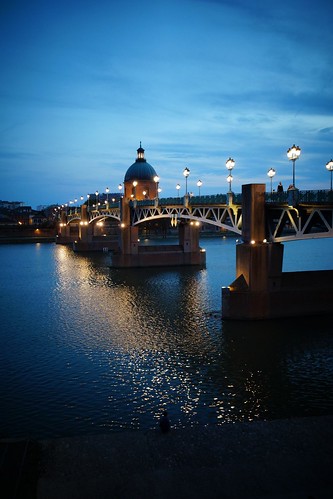
Have you traveled to the Occitanie region? What did you love most?
